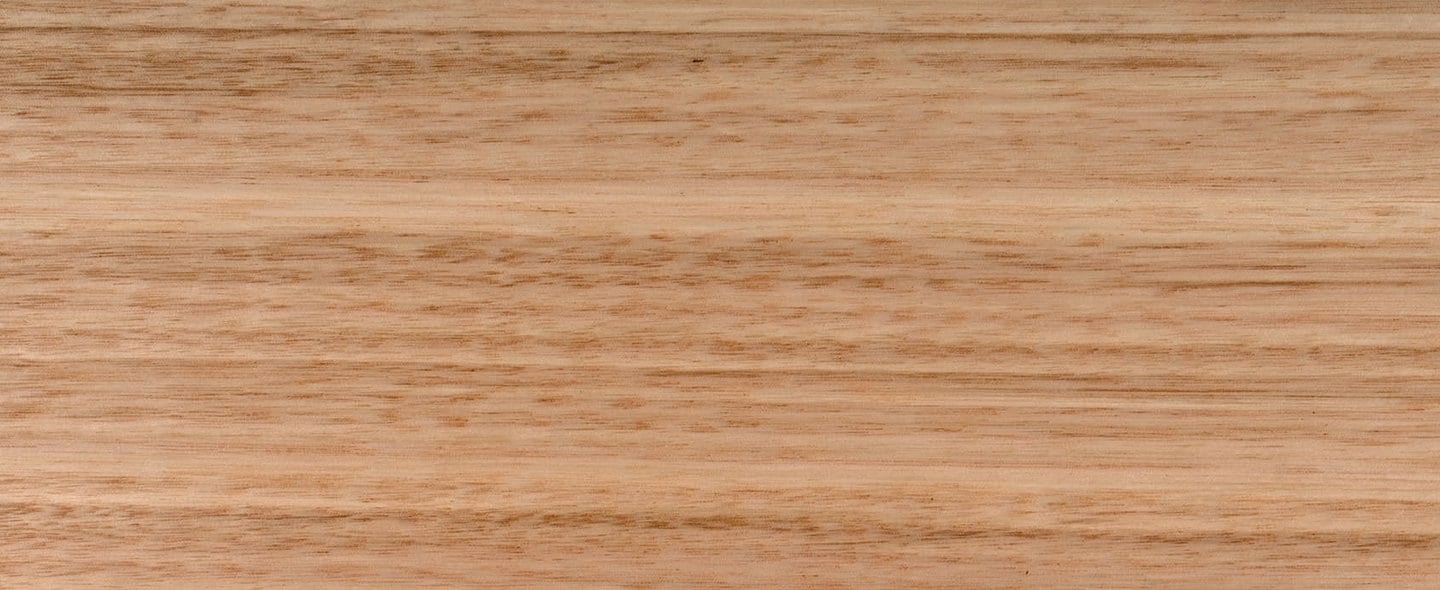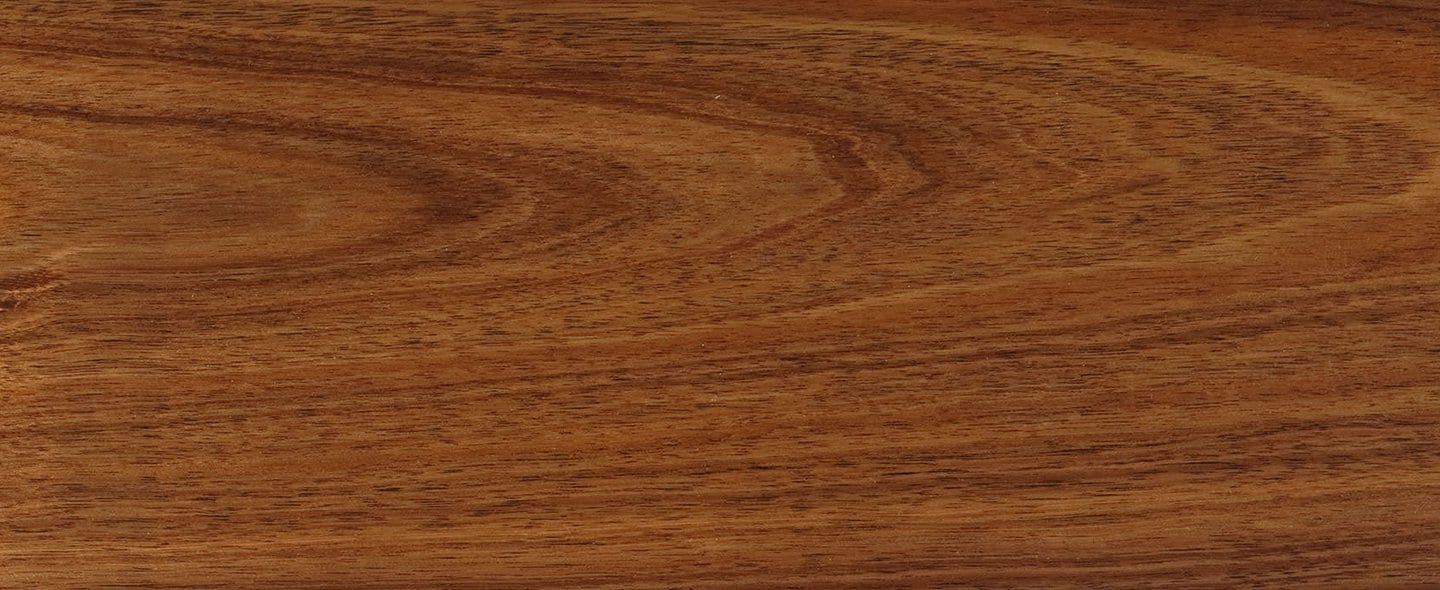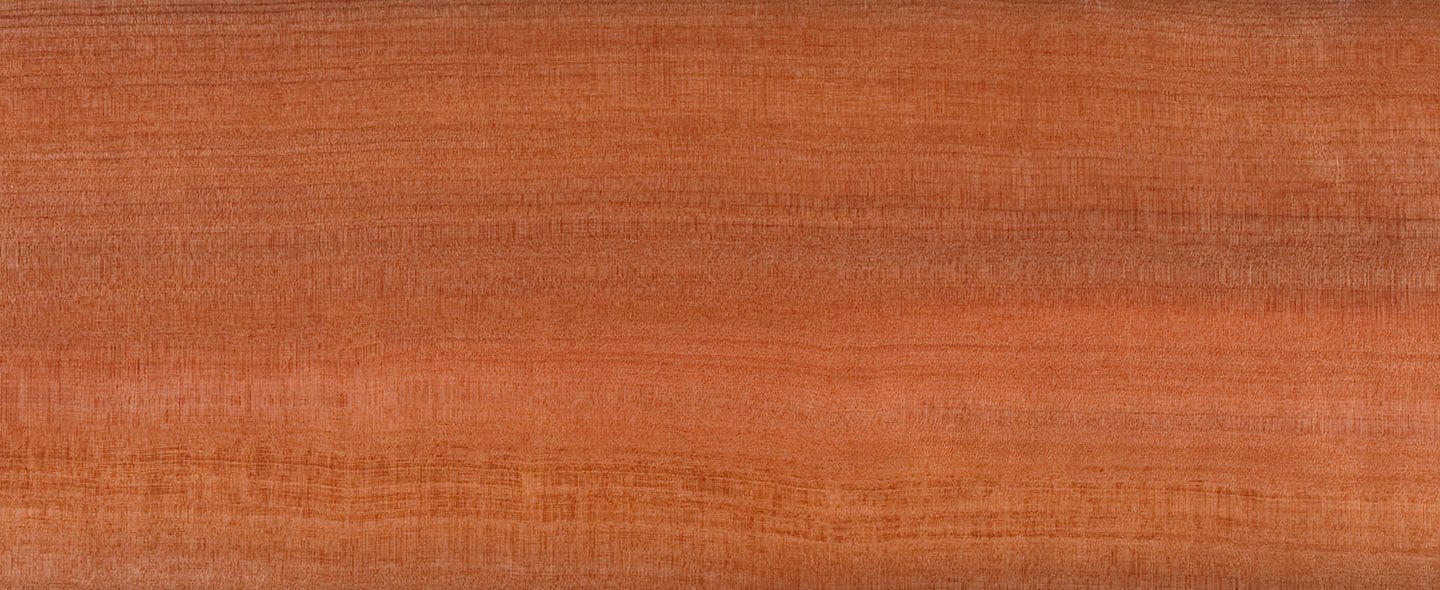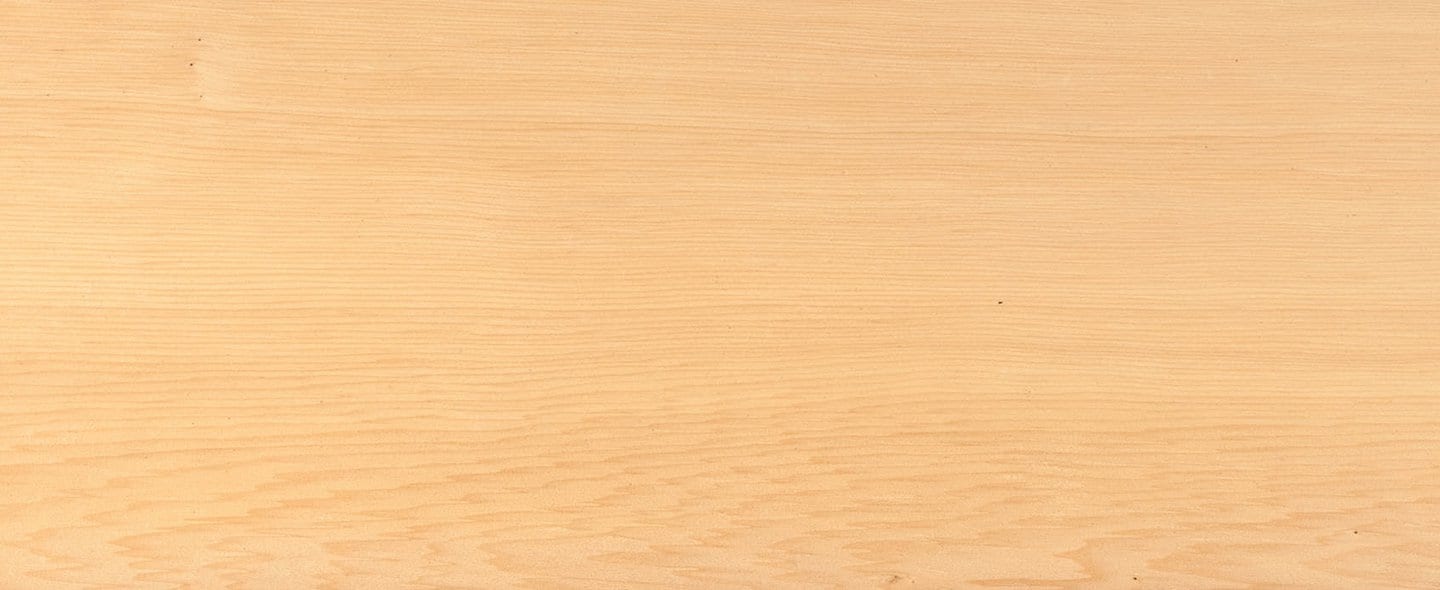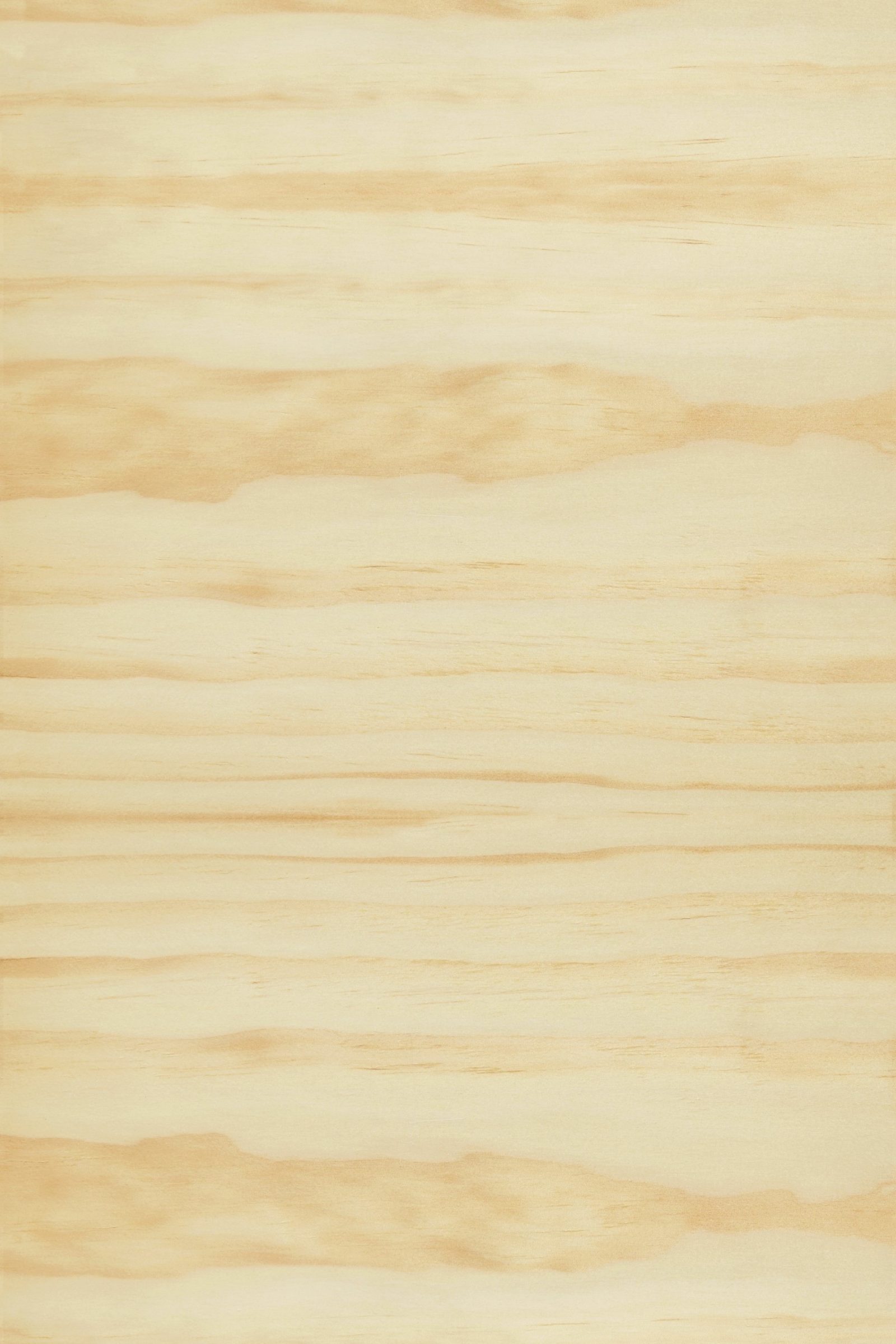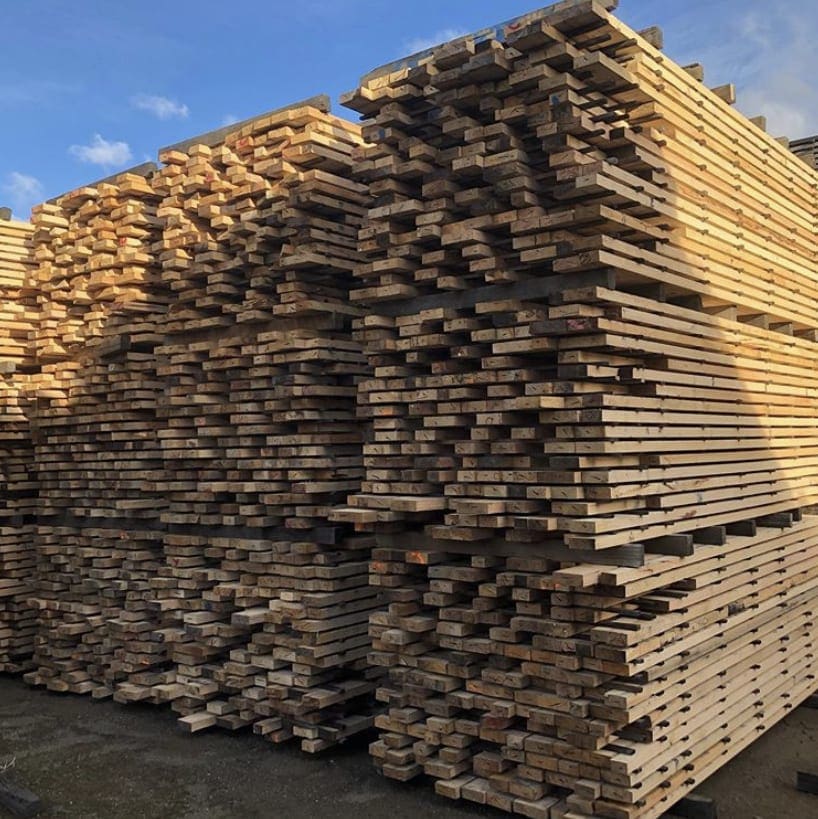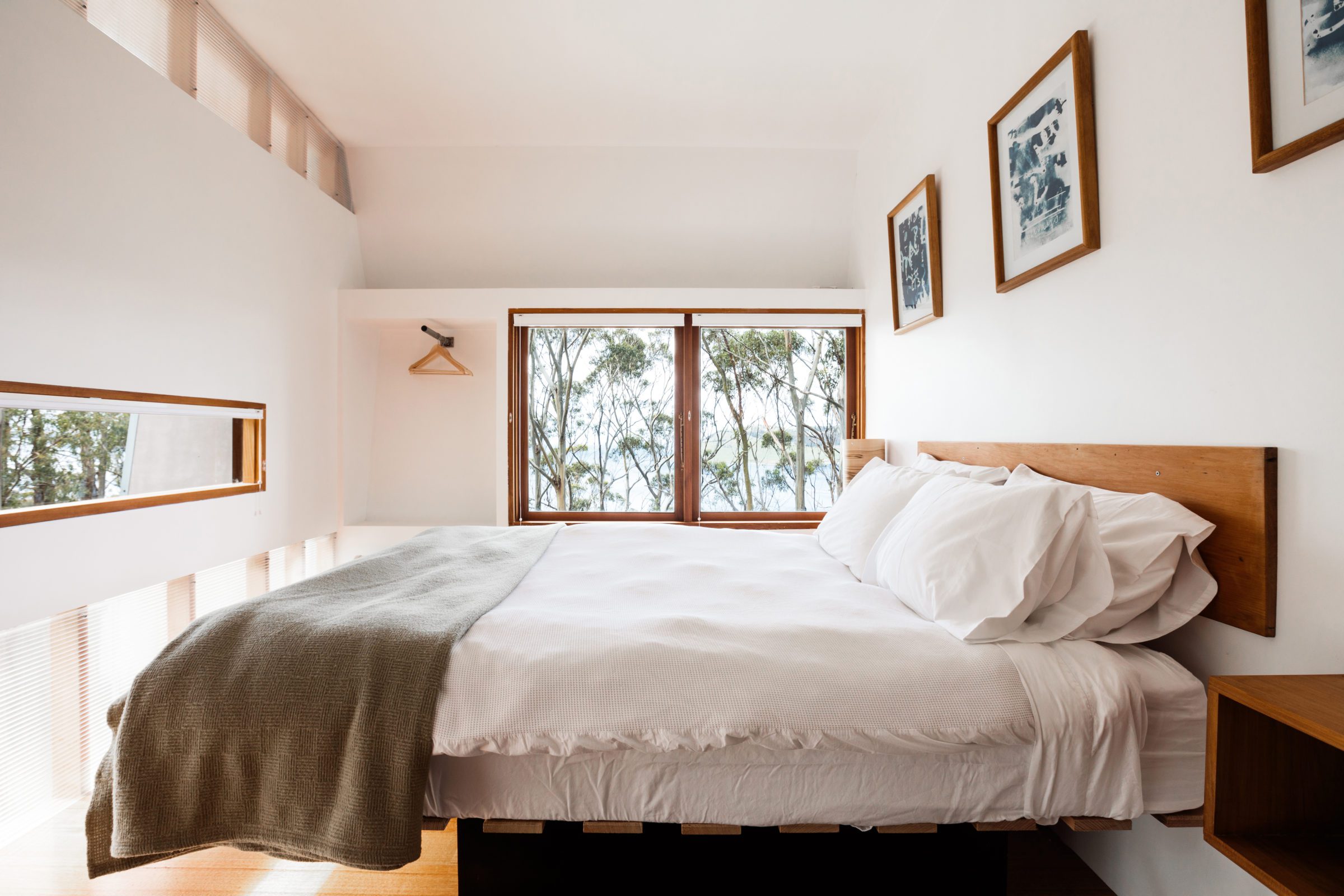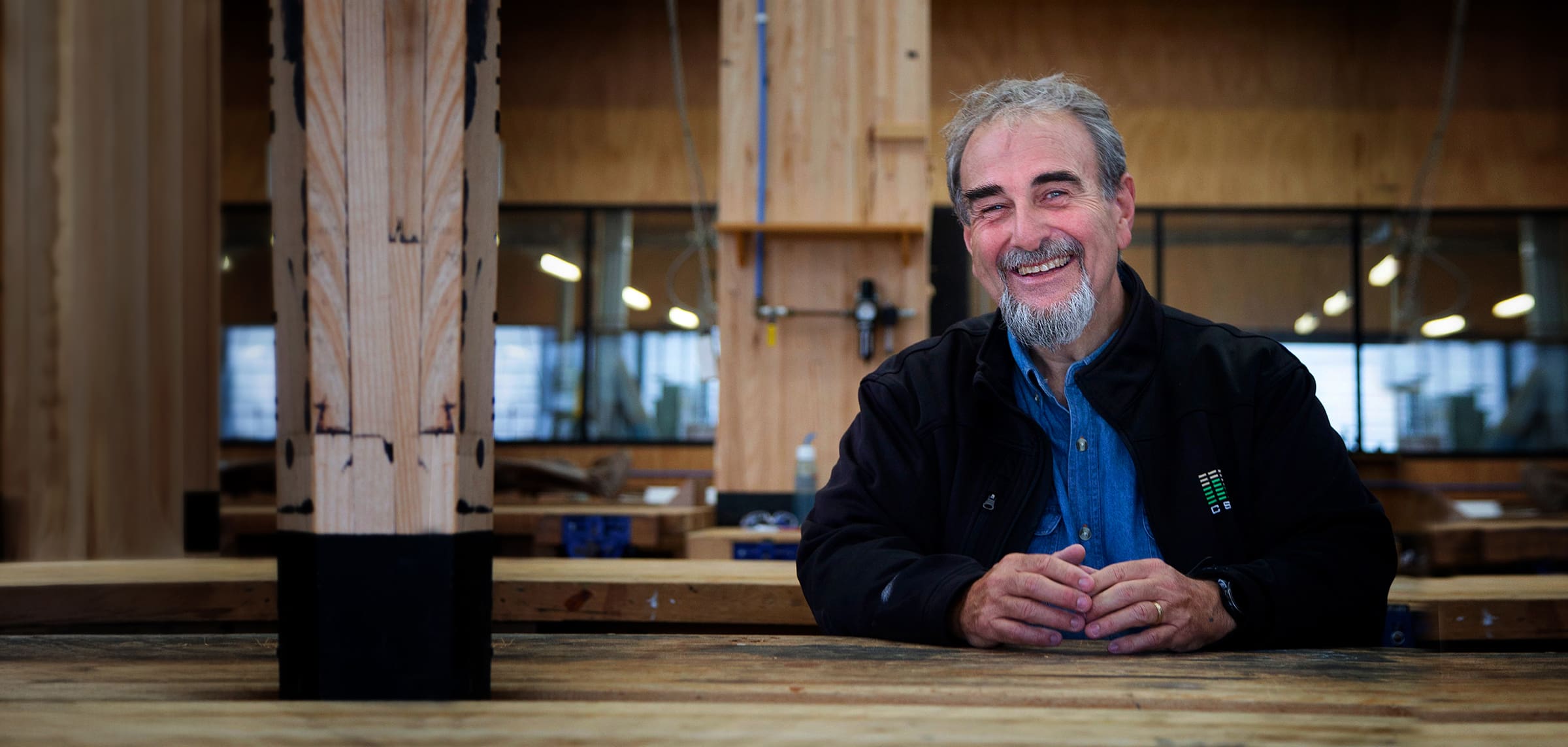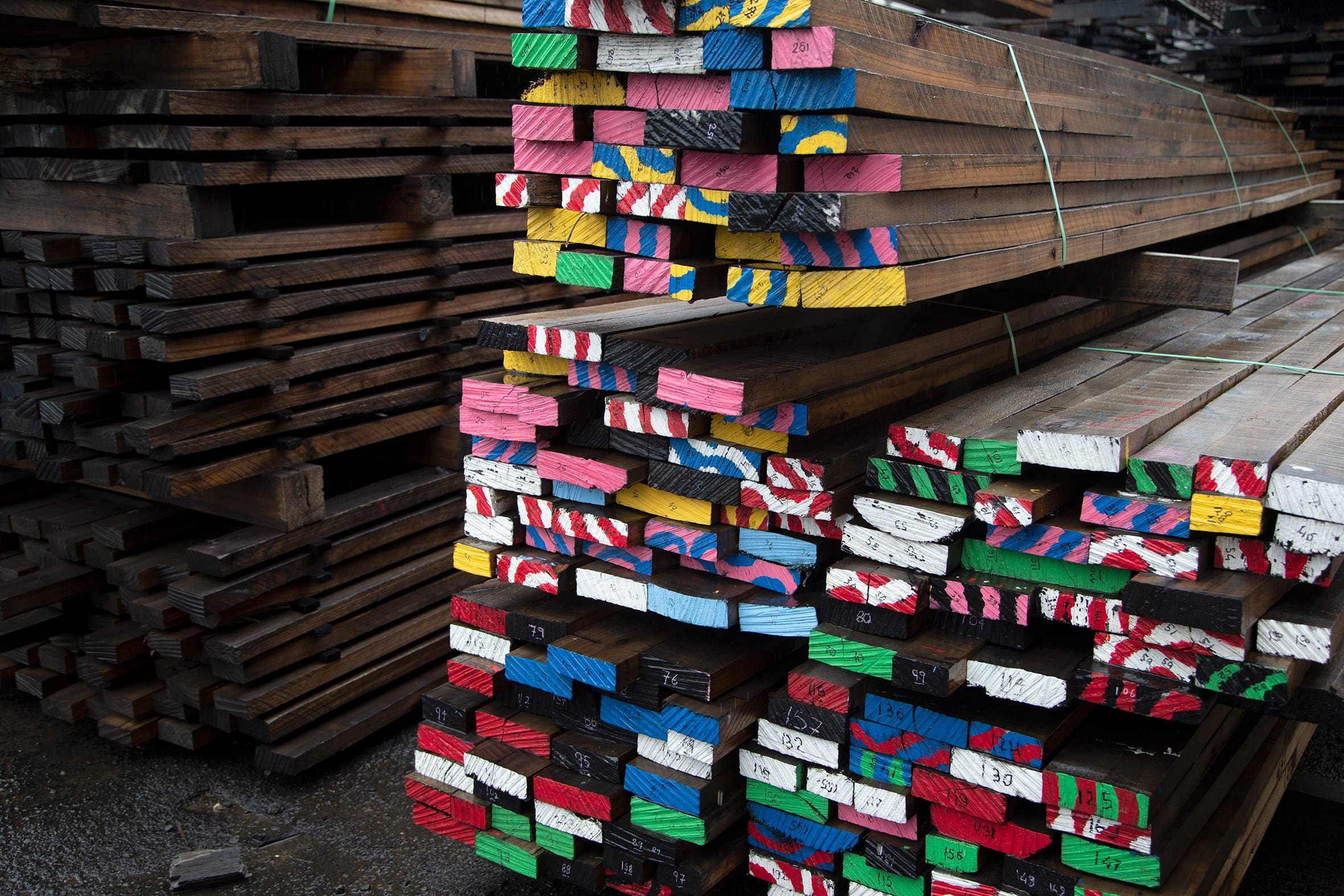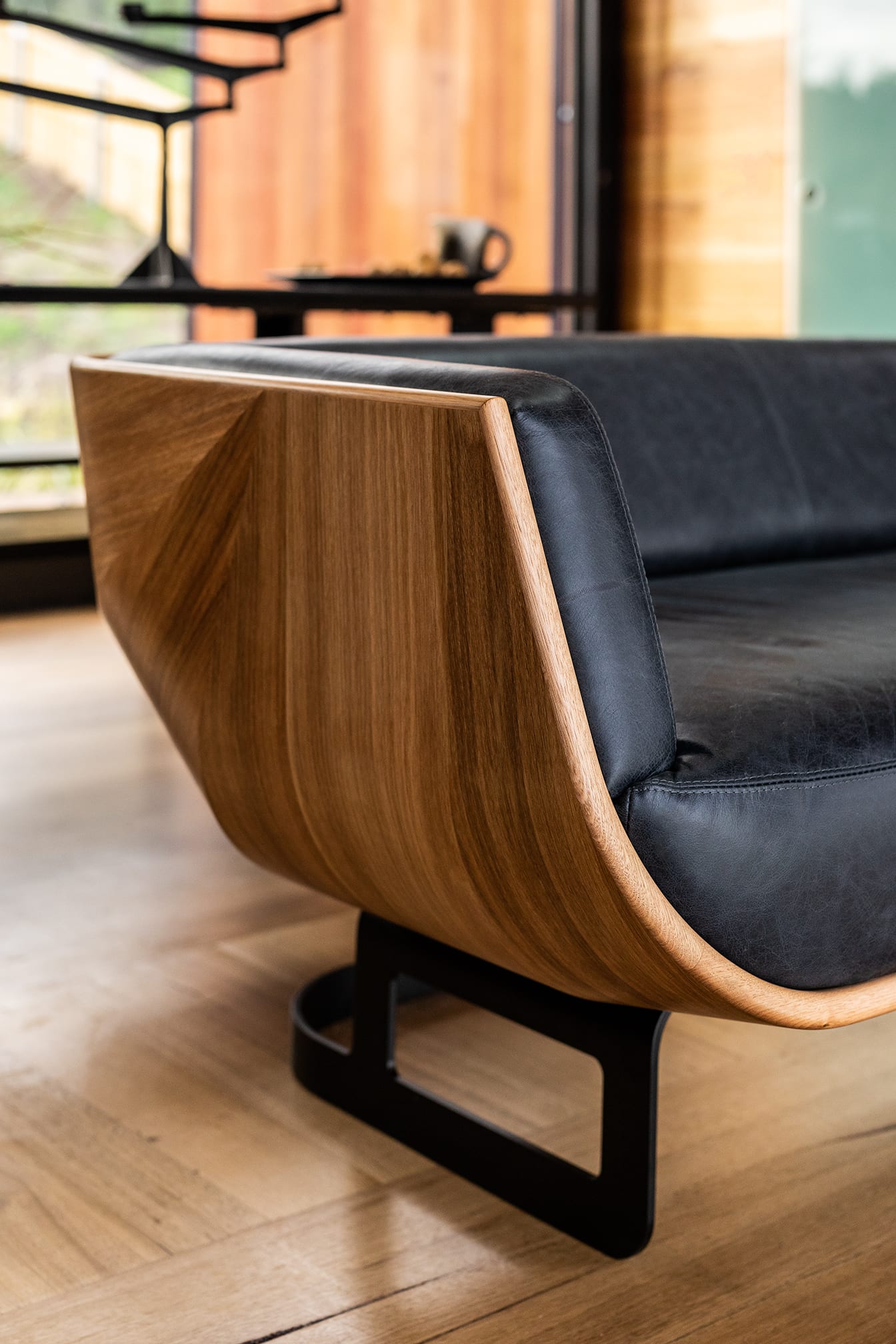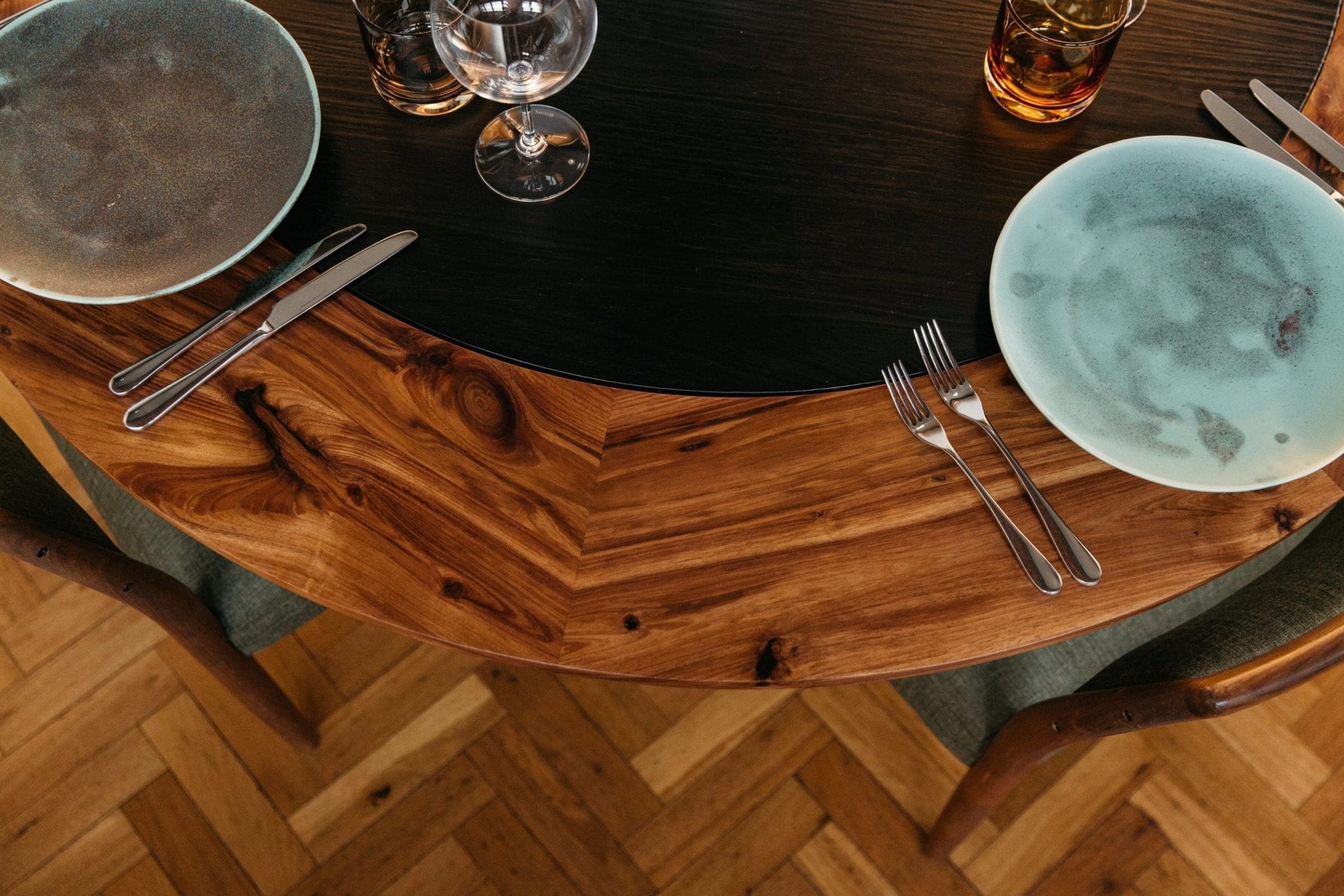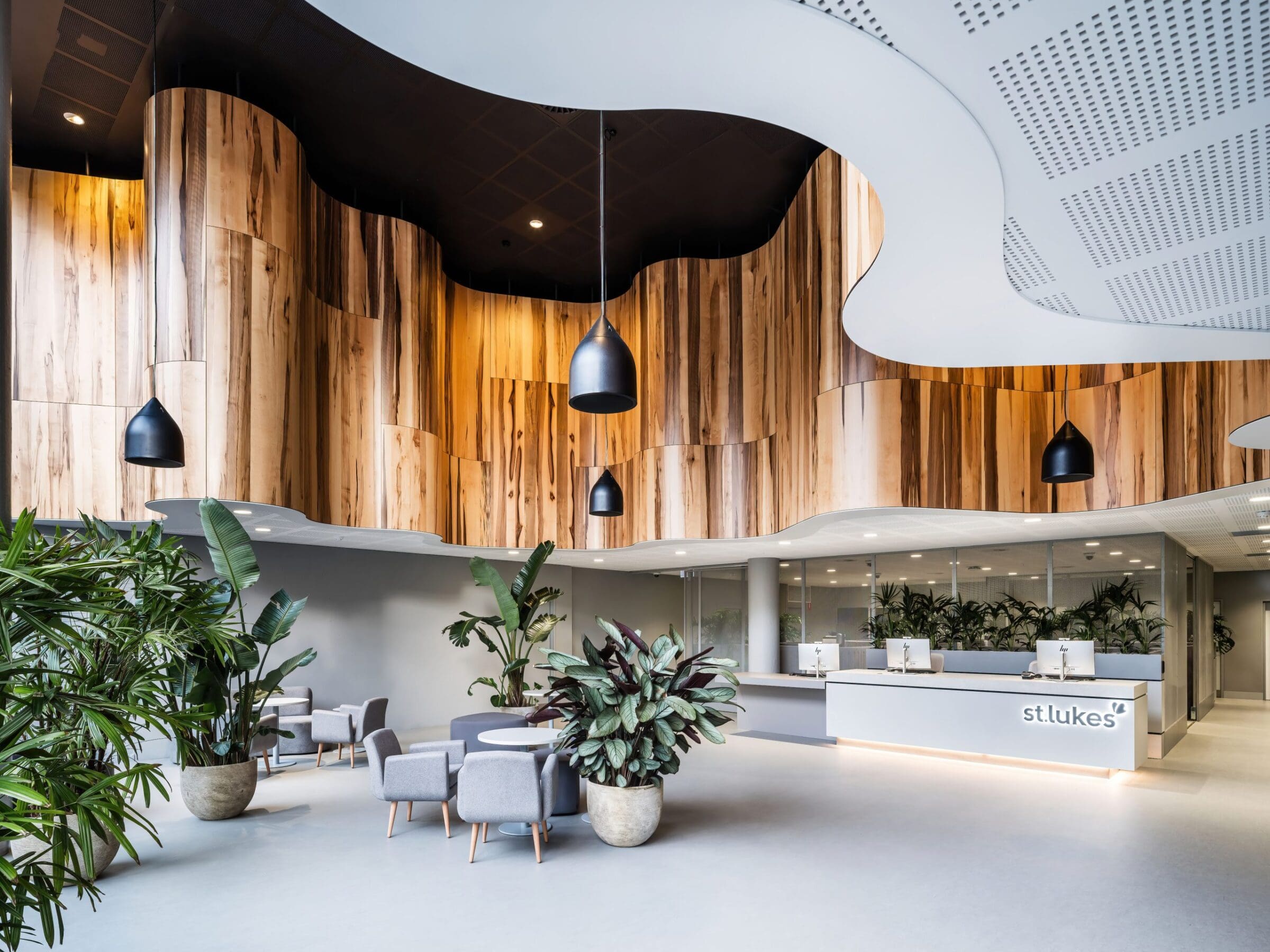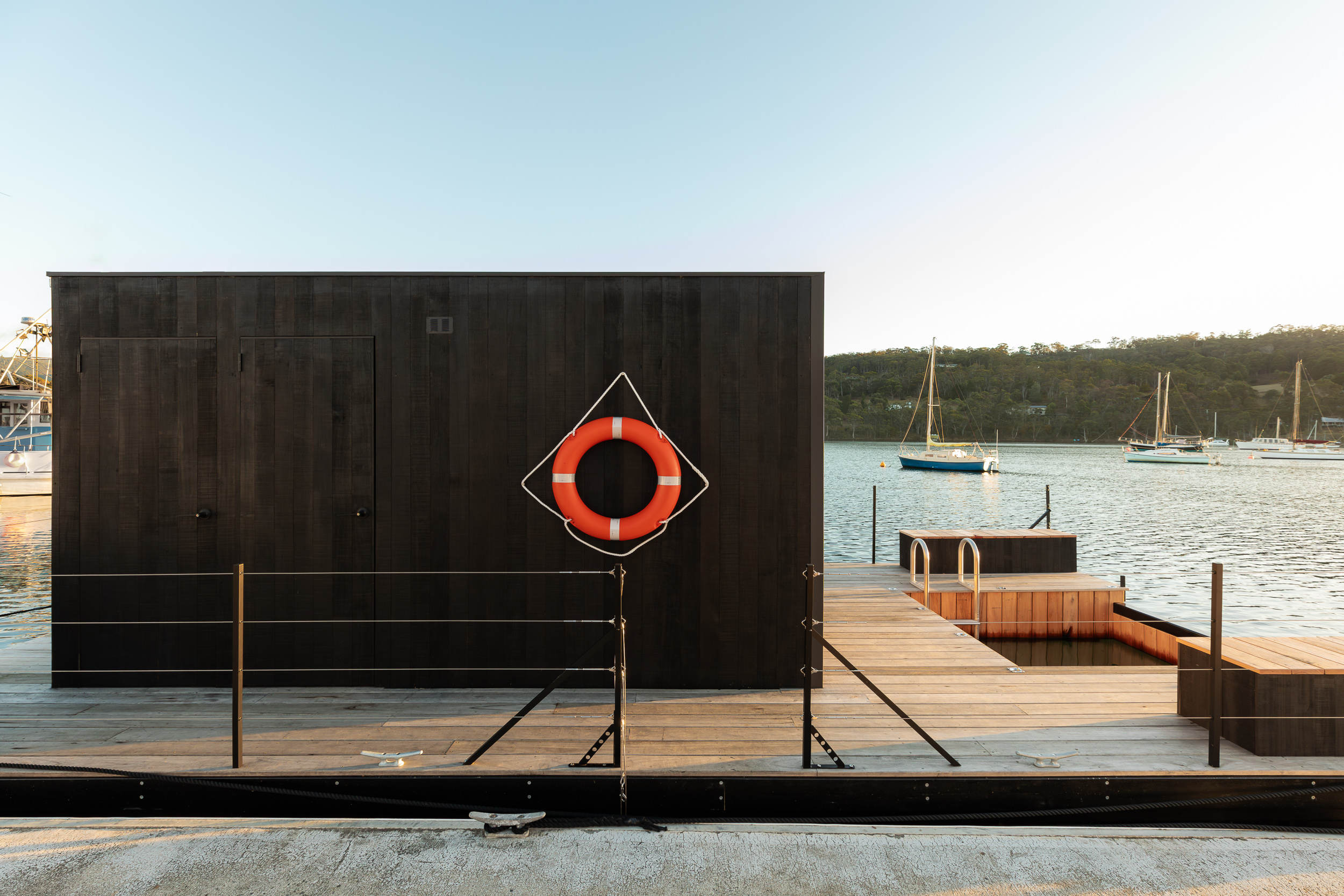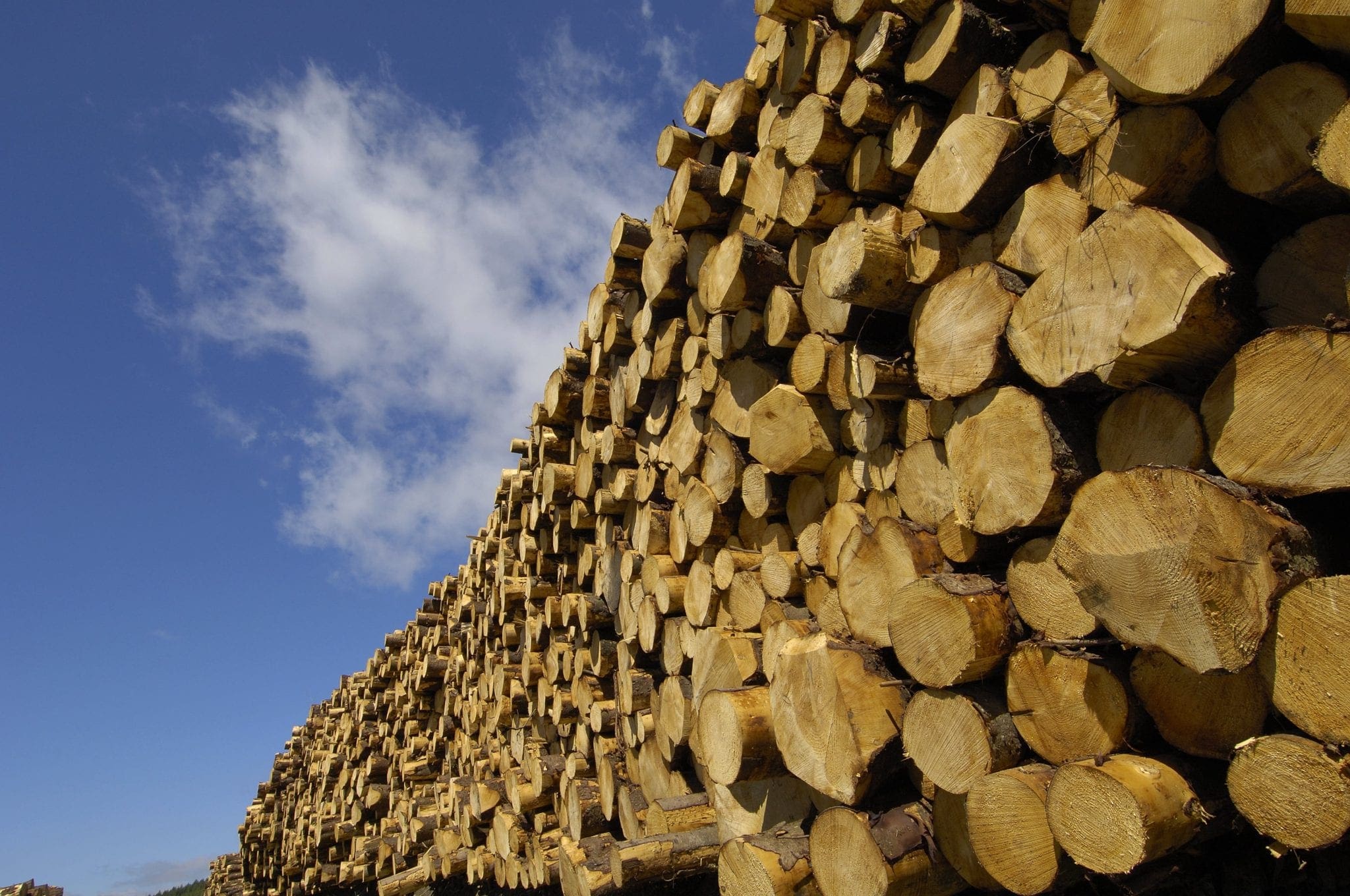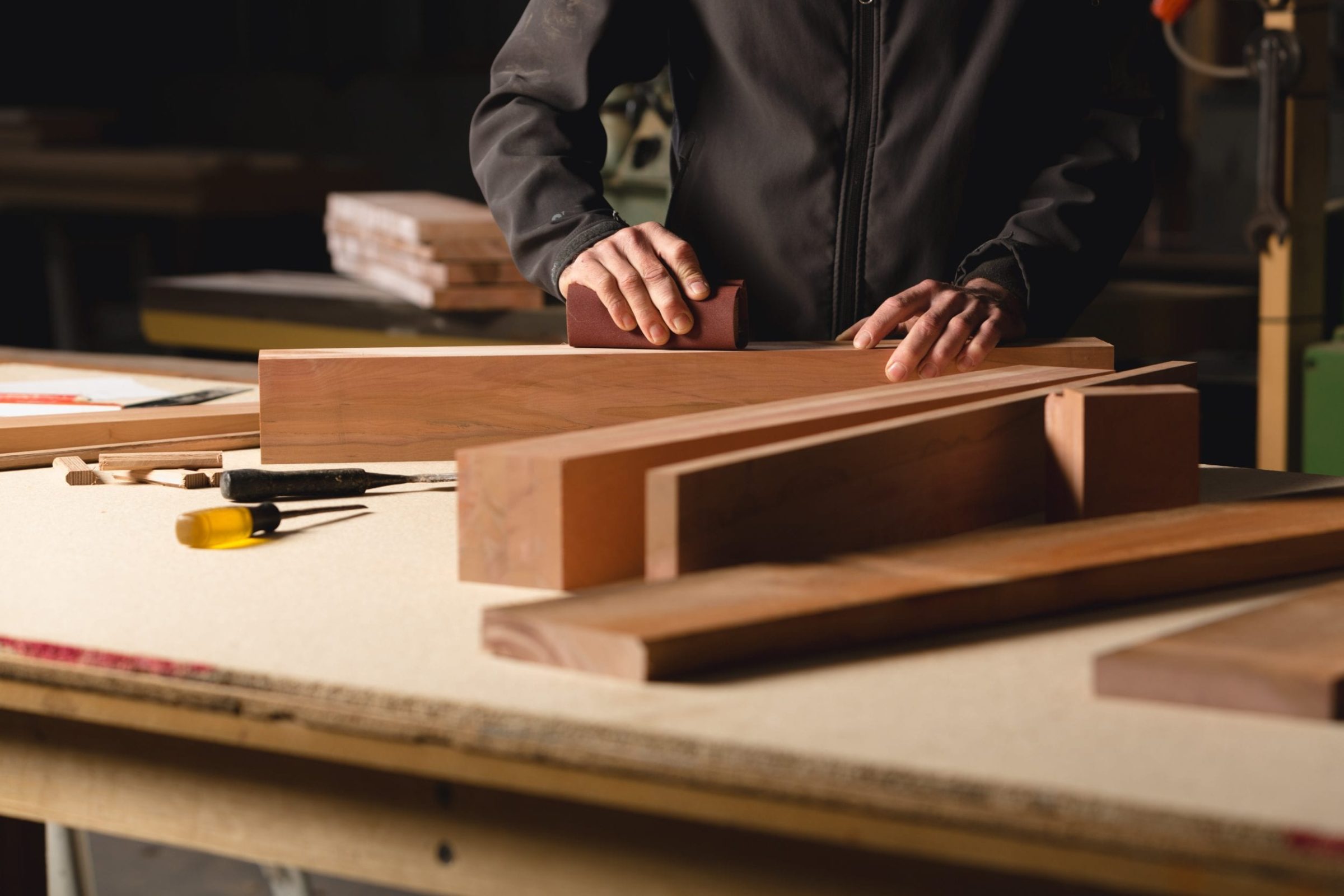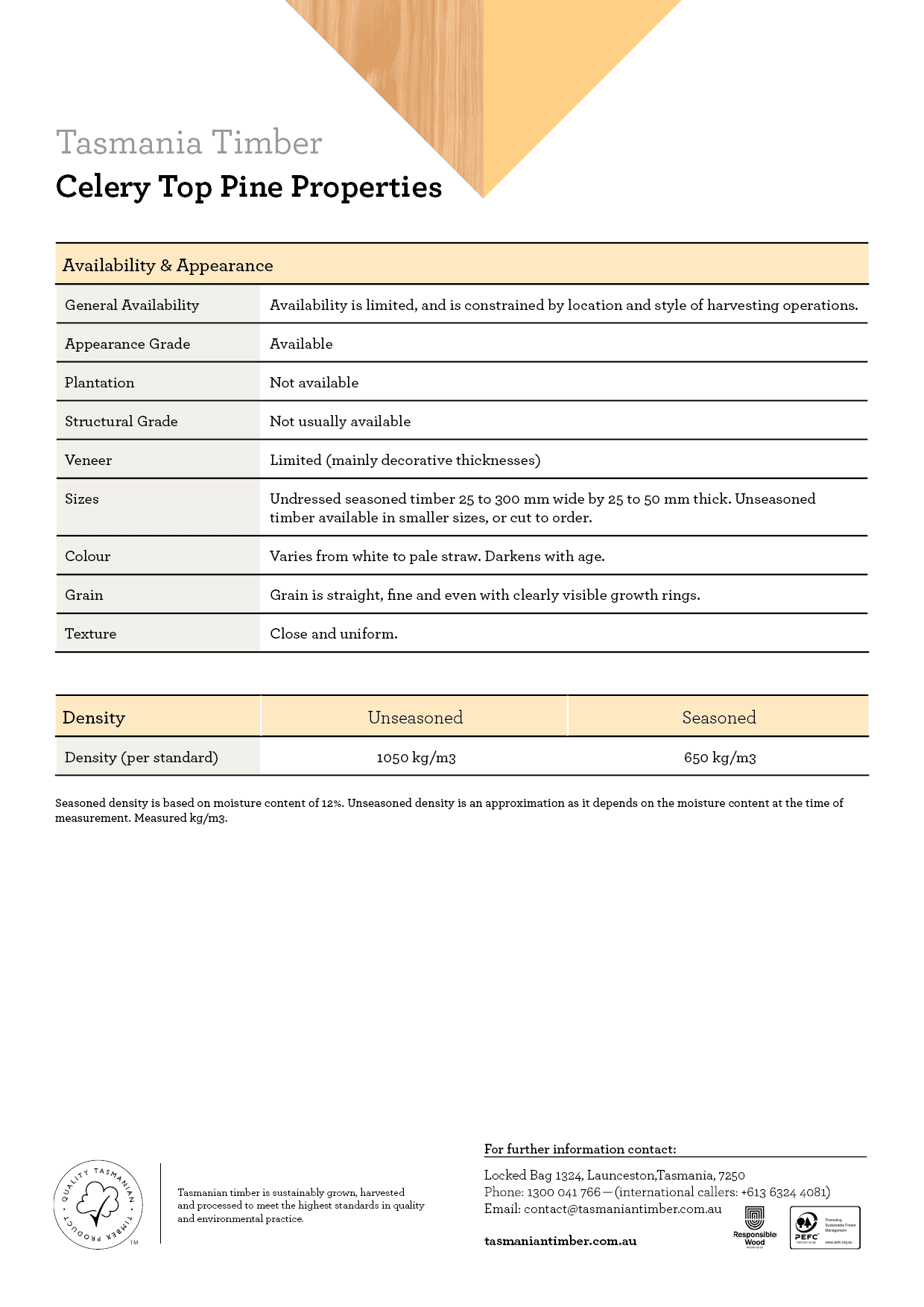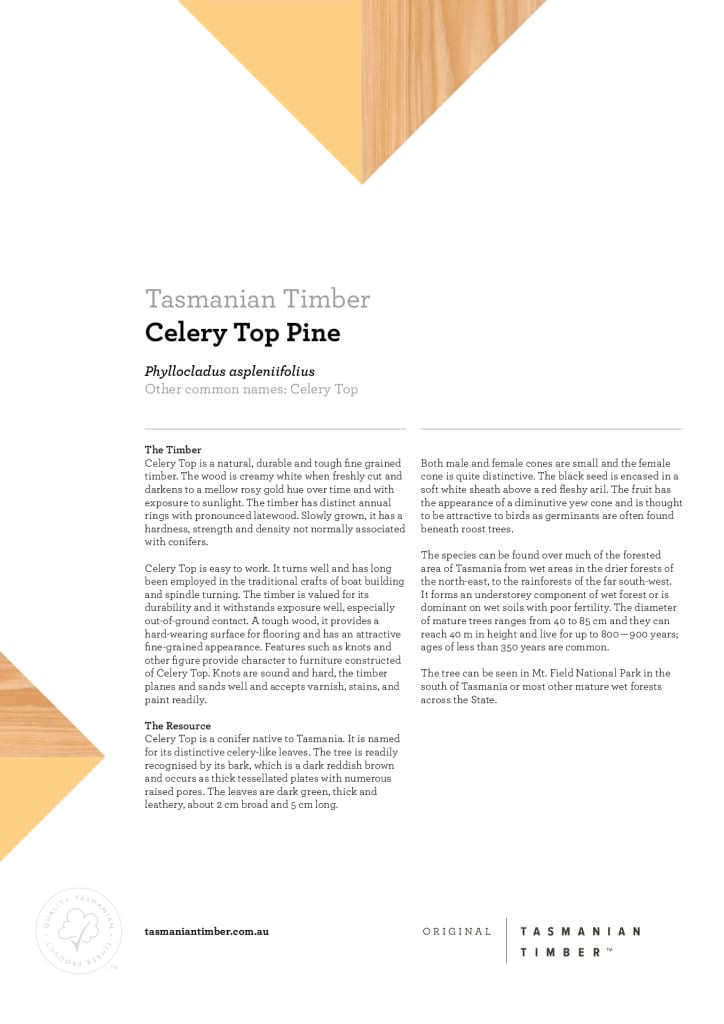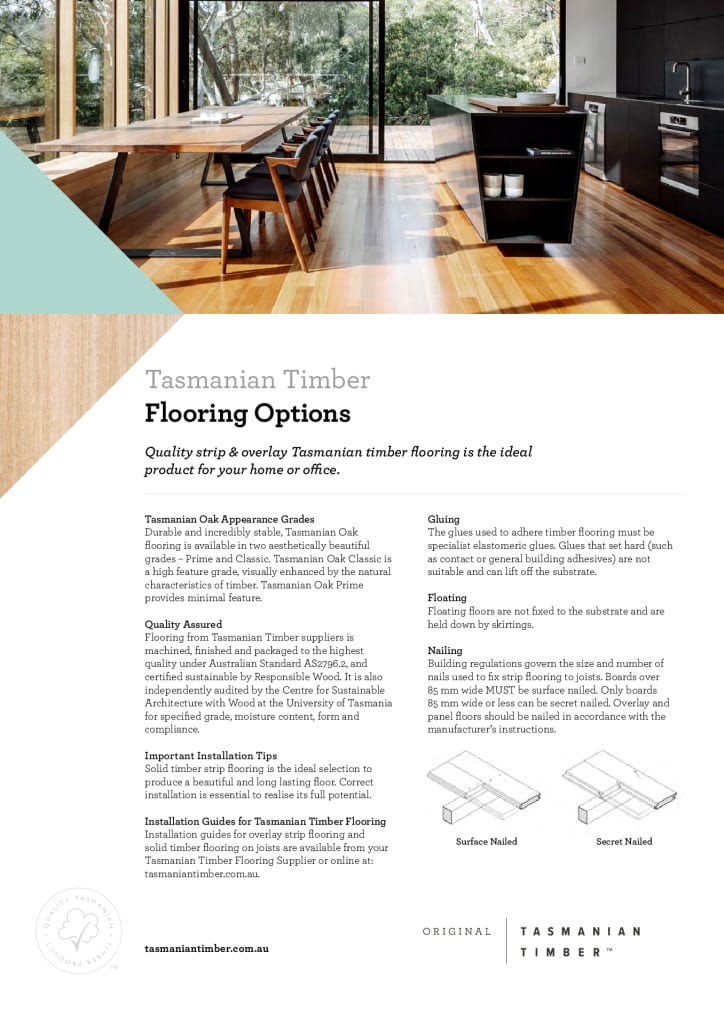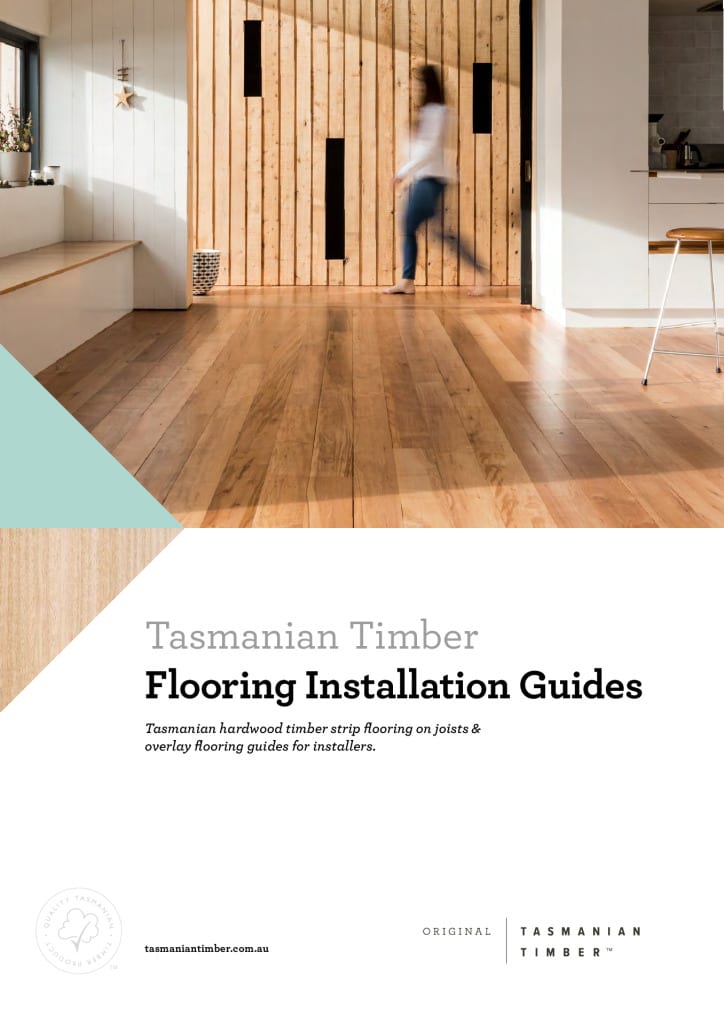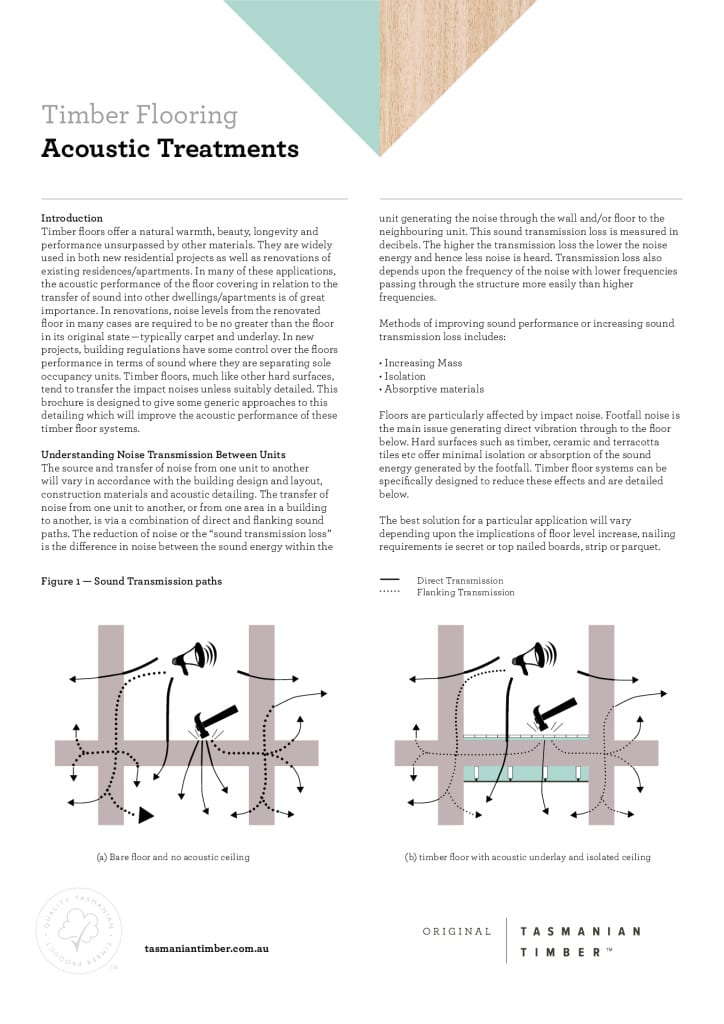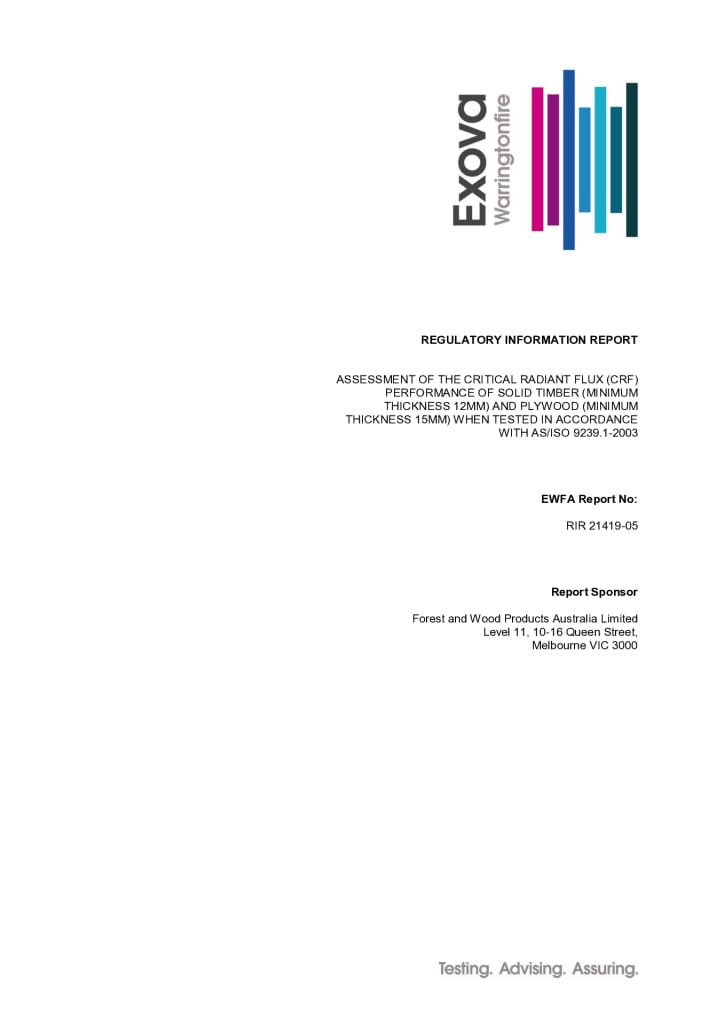Celery Top Pine
A durable and tough timber that provides a hard-wearing surface for flooring and an attractive fine-grained appearance with feature knots and figure for a beautifully unique character in furniture.
The wood is creamy white when freshly cut and darkens to a mellow rosy gold hue over time and with exposure to sunlight. The timber has distinct annual rings with pronounced latewood. Slowly grown, it has a hardness, strength, and density not generally associated with conifers.
Celery top is light and easy to work. It turns well and has long been employed in the traditional crafts of boat building and spindle turning. Valued for its durability, it withstands exposure well, especially out of ground contact.
A tough wood, providing a hard-wearing surface for flooring and has an attractive fine-grained appearance. Features such as knots and other figure provide character to furniture constructed of Celery top. Knots are sound and hard, the timber planes and sands well and accepts varnish, stains, and paint readily.


